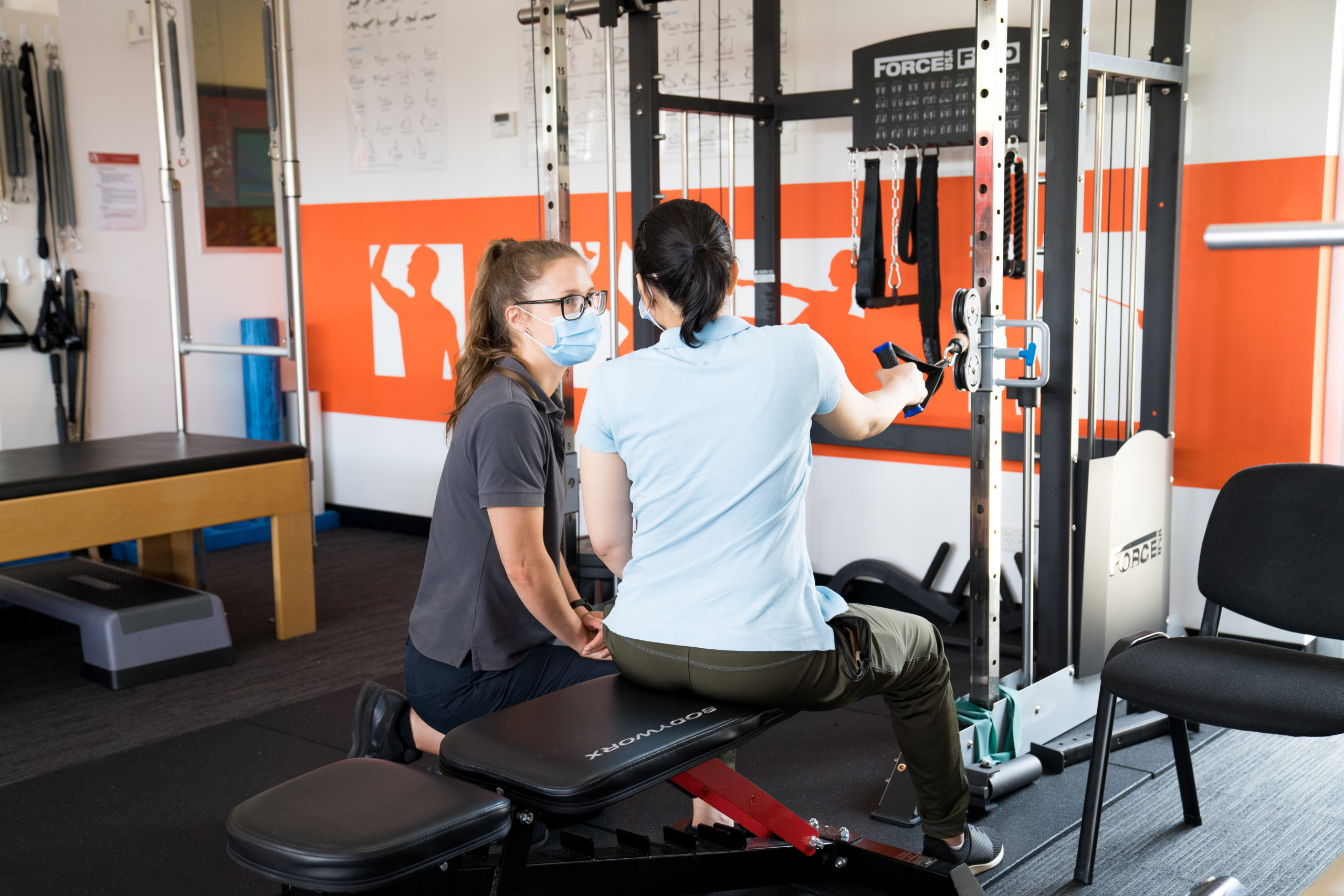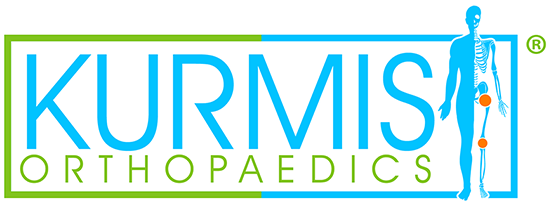
Joint replacements are becoming increasingly common. In 2017–18, 54,102 knee replacements (218 per 100,000 population) and 32,929 hip replacements (133 per 100,000 population) were completed. (Australian Institute of Health and Welfare, 2020). Between 2008-09 and 2017-18 the rates of total knee replacements increased by 27% and total hip replacements increased by 33% in Australia (AIHW, 2020). The most common joint replacements involve the hip or the knee, however, shoulder and ankle replacements also occur.

Rehabilitation
After surgery, you will see a physiotherapist to begin the rehabilitation process whilst in hospital. A physiotherapist may come to see you the morning after surgery or the same day. That’s right, depending on your surgeon’s wishes and the time of your surgery, you may be up and walking the SAME day! The rehabilitation process will begin at an early stage with the aim of reducing your length of stay in hospital and improving your rehabilitation outcome.
During subsequent physiotherapy sessions, you will be assisted to walk, educated on expectations, and instructed several exercises aimed at activating muscles around the replacement site which may be inhibited from working at their full capacity after your surgery. These exercises are simple, but many people fear doing them. We reassure you that the movement is safe, has been approved by your surgeon and to trust the surgeon and the work they have done on your new joint.
Pain Management
Unfortunately, pain after joint replacement goes hand in hand. It is, after all, a big surgery with a new piece put into your joint. For this reason, it is important to take pain relief and to rest as required to allow for you to perform the exercises prescribed. Often, patients are fearful that the pain is a signal of something going wrong and are scared to put weight on the area of their joint replacement. Again, please remember that everything is safe, and trust that we, and your surgeon, would never ask you to do anything that is dangerous to you.
Some people develop short term pain or discomfort in other areas of their body, such as their back, other ankle or knee. Prior to joint replacements, patients are usually in pain within the joint, resulting in changes to their walking pattern, which their body adapts to. Thus, the pain or discomfort in other areas post-surgery is likely caused by changes to your walking pattern, usually an improvement since the surgery.
Each day, you will progress in areas of exercises, strength, range of motion and walking. People usually leave hospital using a walking stick or a frame, with exercises and a follow up physiotherapy appointment organised. After discharge, it is up to YOU to do all you can to use your new joint to its full potential – with a journey of rehabilitation guided under a physiotherapist.
For more information contact The Physio Clinic on 8342 1233 or click below to book online.
By Claudia McDonald | Physiotherapist / Hospital Coordinator Prospect
























